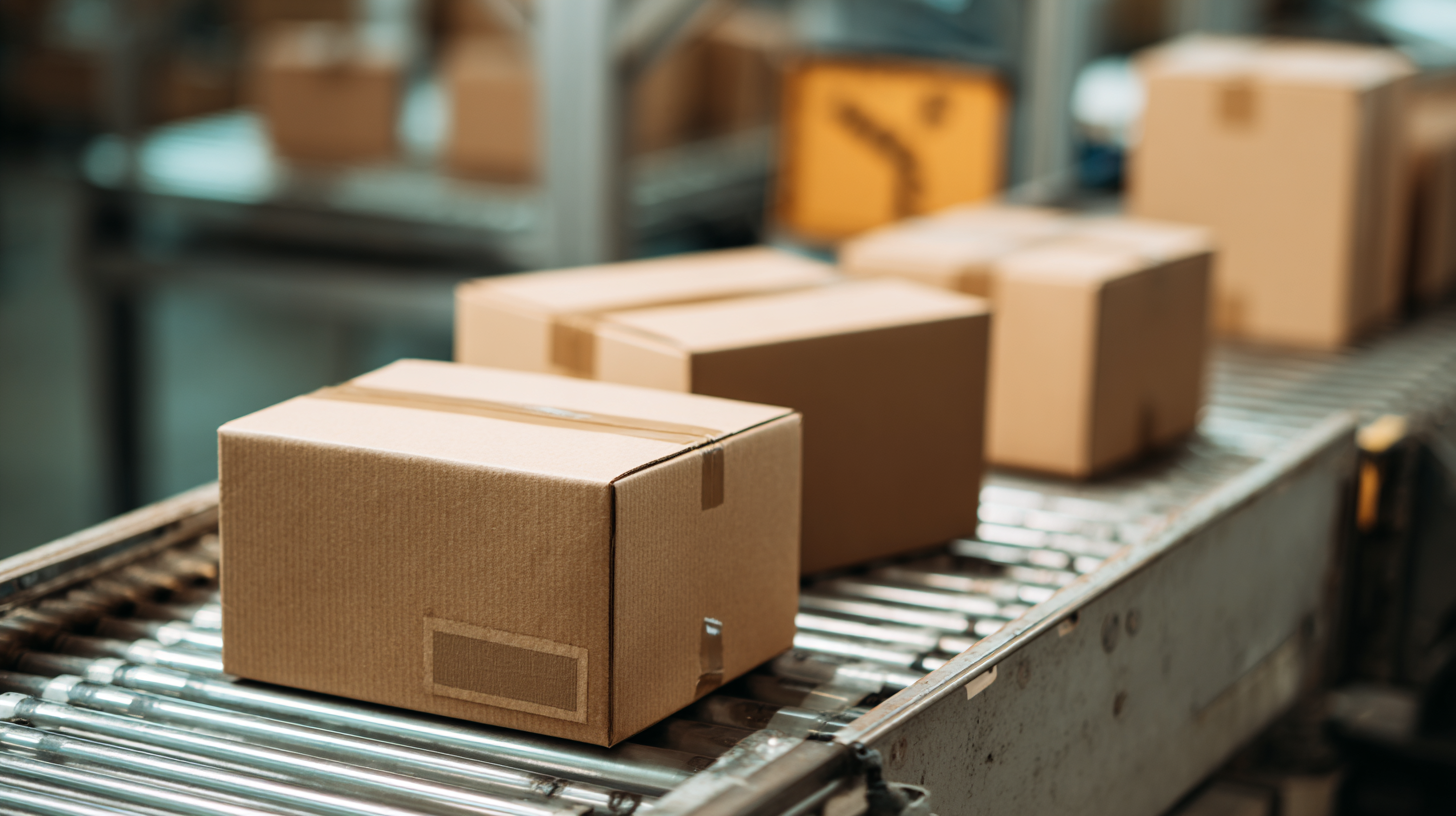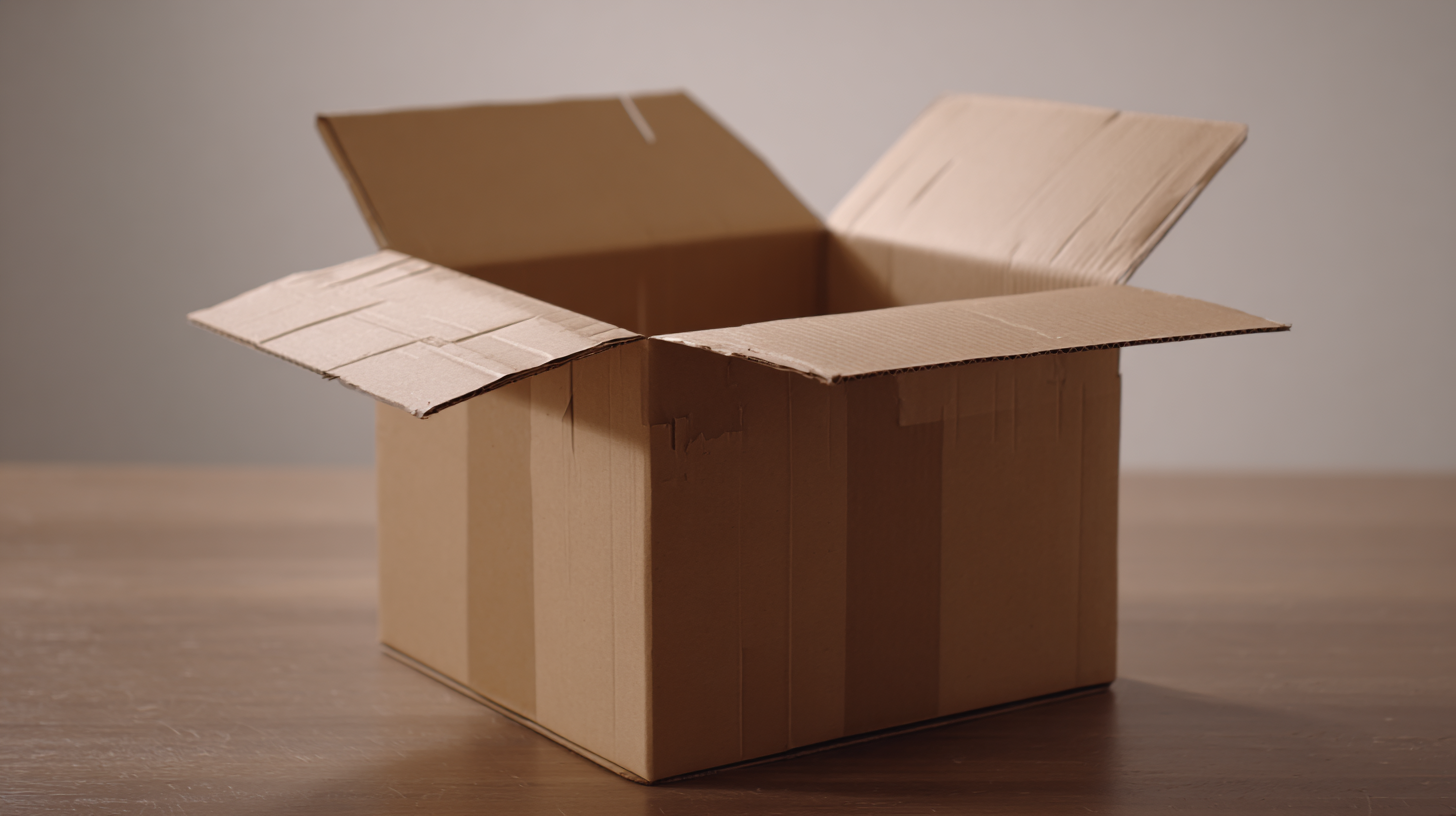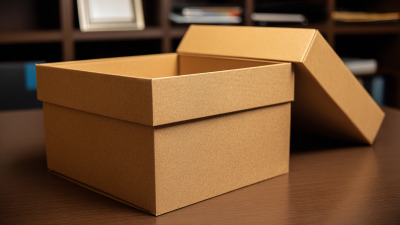In an era where environmental consciousness is at the forefront of consumer preferences, the cardboard box has emerged as a versatile champion of sustainable packaging solutions. This article delves into the innovative ways cardboard boxes are being utilized to minimize ecological footprints while meeting the demands of modern commerce. As businesses and consumers alike seek eco-friendly alternatives, the cardboard box stands out not only for its biodegradability and recyclability but also for its adaptability to various packaging needs.
 From e-commerce giants to artisanal small businesses, the embrace of cardboard boxes is redefining packaging practices across industries. This exploration will highlight cutting-edge developments in cardboard design, material advancements, and their impact on reducing waste. Join us as we uncover how these seemingly simple containers are making a significant difference in the landscape of sustainable packaging.
From e-commerce giants to artisanal small businesses, the embrace of cardboard boxes is redefining packaging practices across industries. This exploration will highlight cutting-edge developments in cardboard design, material advancements, and their impact on reducing waste. Join us as we uncover how these seemingly simple containers are making a significant difference in the landscape of sustainable packaging.
The demand for eco-friendly packaging solutions has gained significant momentum across various industries, driven by an increasing consumer preference for sustainable products. In the skincare market, for instance, the packaging segment is expected to evolve rapidly, with options such as tubes and bottles increasingly designed to minimize environmental impact. The shift towards sustainable materials is not just a trend; it's a response to growing awareness about plastic waste and its detrimental effects on the planet.
The global cosmetics packaging market exemplifies this shift, with its value projected to rise significantly, reflecting the industry's commitment to integrating eco-friendly materials. Alongside skincare, other sectors like food and cement packaging are also experiencing a notable surge in sustainable innovations. The eco-friendly food packaging market alone is set to climb substantially, indicating that industries are waking up to the necessity of environmental stewardship and are actively seeking to implement solutions that align with consumer values and global sustainability goals.
Cardboard boxes are emerging as champions in sustainable packaging, playing a pivotal role in reducing the carbon footprint of various industries. The production of cardboard, primarily derived from recycled materials, requires significantly less energy compared to plastic alternatives. This process not only results in lower greenhouse gas emissions but also promotes a circular economy by encouraging recycling and reuse. Studies indicate that using cardboard for packaging can lead to a reduction of up to 50% in CO2 emissions, making it a compelling choice for businesses aiming to enhance their sustainability credentials.
Moreover, the adaptability of cardboard boxes contributes to their environmental benefits. They are lightweight, which reduces transportation emissions, and their versatility allows for custom designs that minimize excess material use. Key metrics reveal that companies utilizing cardboard packaging can see a marked decrease in overall waste generation and resource consumption. As consumers increasingly favor eco-friendly products, the shift towards cardboard packaging not only meets market demands but also fosters a sustainable future.
Innovative cardboard designs are transforming the packaging landscape, significantly enhancing recyclability and sustainability rates. The cardboard packaging market is projected to experience steady growth, with a valuation expected to reach $1.02438 billion by 2033, reflecting a compound annual growth rate (CAGR) of 3.1% from 2025 to 2033. This uptick is driven by increasing consumer demand for eco-friendly materials and packaging solutions that minimize environmental impact.
The rising focus on sustainable practices has also fueled growth in the recycled paper packaging sector. The market value for recycled paper packaging is anticipated to soar to $238.5 billion by 2024, supported by a robust CAGR exceeding 5.1% between 2025 and 2034. Brands are now integrating innovative cardboard designs that not only enhance the performance of packaging but also promote circular economy practices, reducing waste and improving recycling rates.
Tips:
Recent surveys indicate a significant shift in consumer preferences towards sustainable packaging, particularly in the United States. As the rising cost of living and ongoing uncertainties influence spending habits, the demand for eco-friendly packaging has become more pronounced. A study revealed that a majority of U.S. consumers are now inclined to choose sustainable packaging solutions, emphasizing the need for intelligent designs that prioritize recyclability and environmental impact.

Moreover, younger generations, especially Gen Z and millennials, are driving this demand, showcasing a strong preference for brands that commit to sustainability. These consumers not only value recyclability but also consider the overall environmental footprint of packaging materials. As market priorities continue to evolve, businesses must adapt to these changing consumer sentiments, focusing on innovative packaging solutions that resonate with environmentally conscious buyers.
Embracing sustainable practices is no longer just a trend; it is becoming a critical business strategy in today's consumer landscape.
The cost-effectiveness of cardboard boxes plays a pivotal role in shaping sustainable supply chains. With the increasing demand for eco-friendly packaging, businesses are increasingly turning to cardboard due to its affordability and availability. Cardboard boxes are not only cheaper to produce than many plastic alternatives, but they also require less energy in their manufacturing process. This results in significant cost savings for companies, allowing them to invest those resources into other areas of their operations or to enhance their sustainability efforts.
Moreover, the lifecycle of cardboard supports cost-efficient logistics. Lightweight and stackable, cardboard boxes optimize shipping, minimizing transportation costs and reducing carbon emissions. Many businesses report a reduction in freight expenses when incorporating cardboard packaging into their supply chain, which further reinforces its economic appeal. Additionally, the recyclable nature of cardboard contributes to a circular economy, where companies can reduce waste and even reinvest in their packaging solutions. The data insights clearly show that these factors make cardboard boxes a smart choice for companies aiming to balance cost management with sustainability objectives.







